Government Initiatives and Funding
Government initiatives aimed at improving healthcare infrastructure and funding for rare diseases play a significant role in the myasthenia gravis market. In South America, various governments are increasingly allocating resources to enhance research and development for autoimmune disorders. For instance, funding programs for clinical trials and patient registries are being established, which could lead to the discovery of new treatment options. Additionally, public health campaigns aimed at raising awareness about myasthenia gravis are being implemented, which may encourage more patients to seek diagnosis and treatment. This proactive approach by governments is likely to stimulate growth in the myasthenia gravis market, as it fosters an environment conducive to innovation and improved patient outcomes.
Rising Investment in Biopharmaceuticals
The increasing investment in biopharmaceuticals is a notable driver for the myasthenia gravis market. In South America, pharmaceutical companies are focusing on developing novel therapies that target the underlying mechanisms of myasthenia gravis. This shift towards biopharmaceuticals is driven by the potential for higher efficacy and fewer side effects compared to traditional therapies. Market data suggests that the biopharmaceutical sector is expected to grow at a CAGR of around 8% over the next five years, indicating a robust interest in innovative treatment options. As more companies enter the market with new products, the myasthenia gravis market is poised for significant expansion.
Increasing Incidence of Myasthenia Gravis
The rising incidence of myasthenia gravis in South America is a crucial driver for the myasthenia gravis market. Recent studies indicate that the prevalence of this autoimmune disorder is increasing, with estimates suggesting that approximately 20 in 100,000 individuals are affected. This growing patient population necessitates enhanced healthcare services and treatment options, thereby expanding the market. Furthermore, the increasing awareness among healthcare professionals regarding the symptoms and diagnosis of myasthenia gravis contributes to earlier detection and treatment, which is likely to drive market growth. As more patients seek medical attention, the demand for innovative therapies and supportive care services is expected to rise, further propelling the myasthenia gravis market in the region.
Technological Advancements in Diagnostics
Technological advancements in diagnostic tools are transforming the myasthenia gravis market in South America. The introduction of more sophisticated diagnostic techniques, such as advanced imaging and biomarker identification, is enabling healthcare providers to diagnose myasthenia gravis more accurately and swiftly. This is particularly important in a region where misdiagnosis can lead to delayed treatment and worsened patient outcomes. Enhanced diagnostic capabilities not only improve patient care but also increase the overall demand for treatment options, thereby driving market growth. As healthcare facilities adopt these new technologies, the myasthenia gravis market is likely to experience a surge in both patient referrals and treatment initiation.
Growing Patient Advocacy and Support Groups
The emergence of patient advocacy and support groups is increasingly influencing the myasthenia gravis market. In South America, these organizations play a vital role in raising awareness about the condition and providing resources for patients and their families. They often collaborate with healthcare providers to facilitate educational programs and support networks, which can lead to improved patient engagement and adherence to treatment plans. The presence of these groups not only empowers patients but also drives demand for new therapies and services tailored to their needs. As advocacy efforts continue to grow, the myasthenia gravis market is likely to benefit from heightened visibility and increased patient participation.


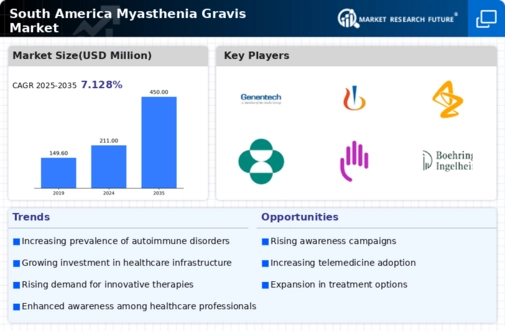
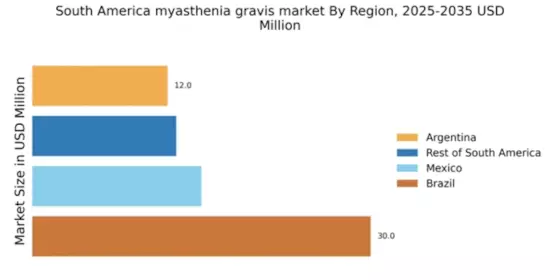
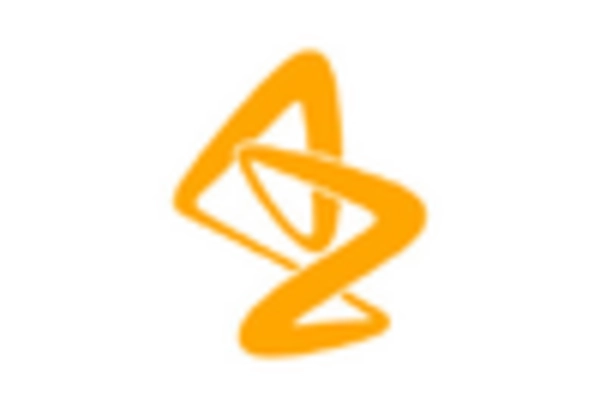



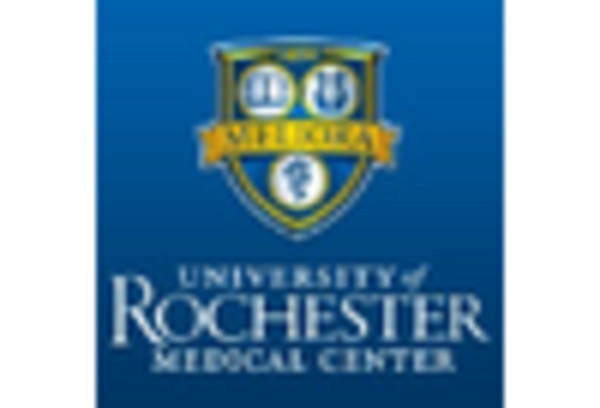
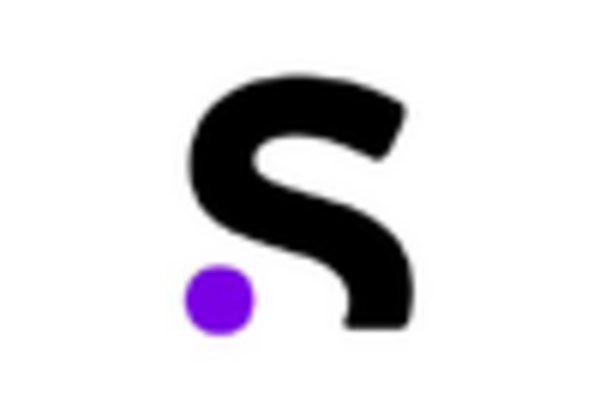








Leave a Comment